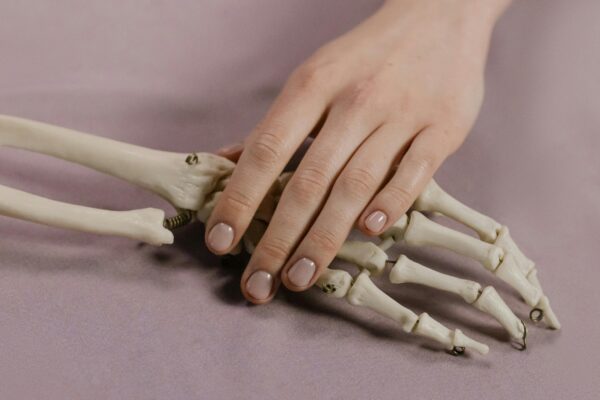
Your Bones Are Stronger Than Steel — A Natural Marvel Inside You
Light but incredibly strong, your bones outperform steel when it comes to strength-to-weight ratio. Learn how your body’s natural structure is an engineering masterpiece!
Delivering News since 2025 *When you purchase through links on our site, we may earn an affiliate commission.

Light but incredibly strong, your bones outperform steel when it comes to strength-to-weight ratio. Learn how your body’s natural structure is an engineering masterpiece!
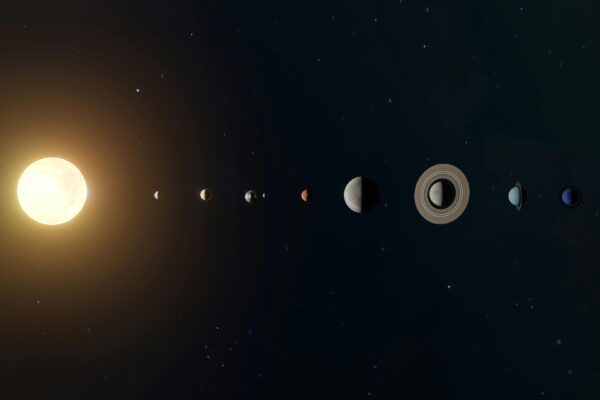
It sounds like a joke, but it’s true: Saturn, the second-largest planet in our solar system, could actually float in water. Despite its size, its composition makes it the least dense planet — lighter than water by volume!

When astronomers peer through powerful telescopes like James Webb or Hubble, they aren’t just seeing distant galaxies — they’re looking into the deep past, glimpsing what the universe looked like over 13 billion years ago.

It’s not just expanding — it’s racing away. In a cosmic twist that changed everything we thought we knew, scientists discovered that the universe is growing faster over time, driven by a mysterious force known as dark energy

Astronomers have detected a solitary black hole silently gliding through the cosmos — with no companion star in tow. This rare “rogue” object is rewriting what we thought we knew about black holes.
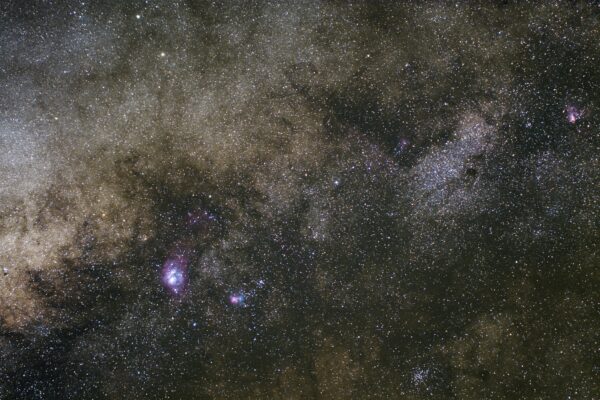
Scientists using the James Webb Space Telescope have spotted intriguing chemical signatures in the atmosphere of exoplanet K2-18b. Could this be the first hint of life beyond Earth?

Ever noticed the bold black lines running down a cheetah’s face? They’re not just for looks. These natural “tear marks” help cheetahs see clearly in the blinding sun—making them one of nature’s most stylish and efficient hunters.

A groundbreaking study of ancient skeletons from Central America has uncovered the earliest direct evidence of maize as a staple food. This discovery reshapes our understanding of how corn transformed human society in Mesoamerica thousands of years ago.
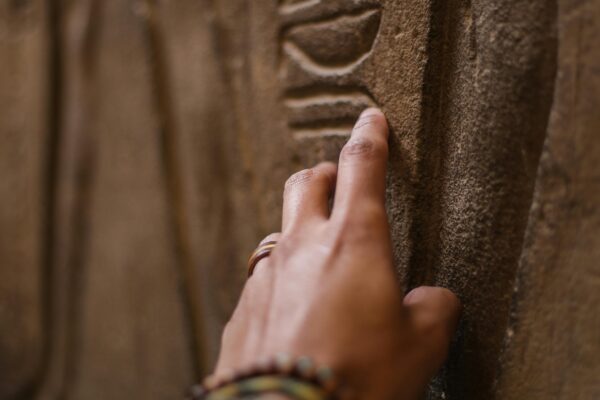
A newly uncovered tomb on Scotland’s Orkney Islands is offering a rare window into life—and death—over five millennia ago. With 14 skeletons arranged in ritualistic poses and ancient artifacts at their side, this Neolithic find is one of the most significant in recent British archaeology.
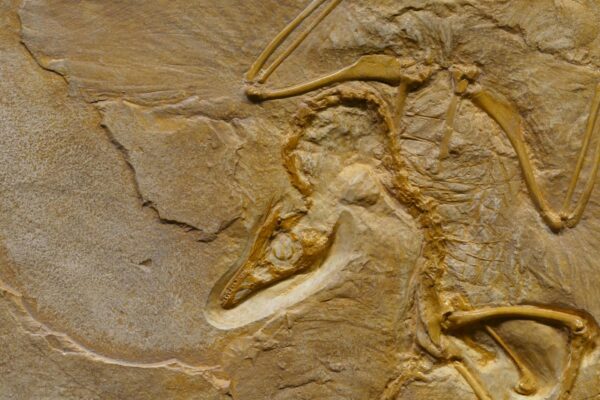
Deep in the sands of Libya, two ancient skeletons have unlocked a hidden chapter of human history. Dating back 7,000 years, these remarkably preserved remains reveal a lineage of early humans that was previously unknown to science—reshaping what we know about prehistoric migration in North Africa.